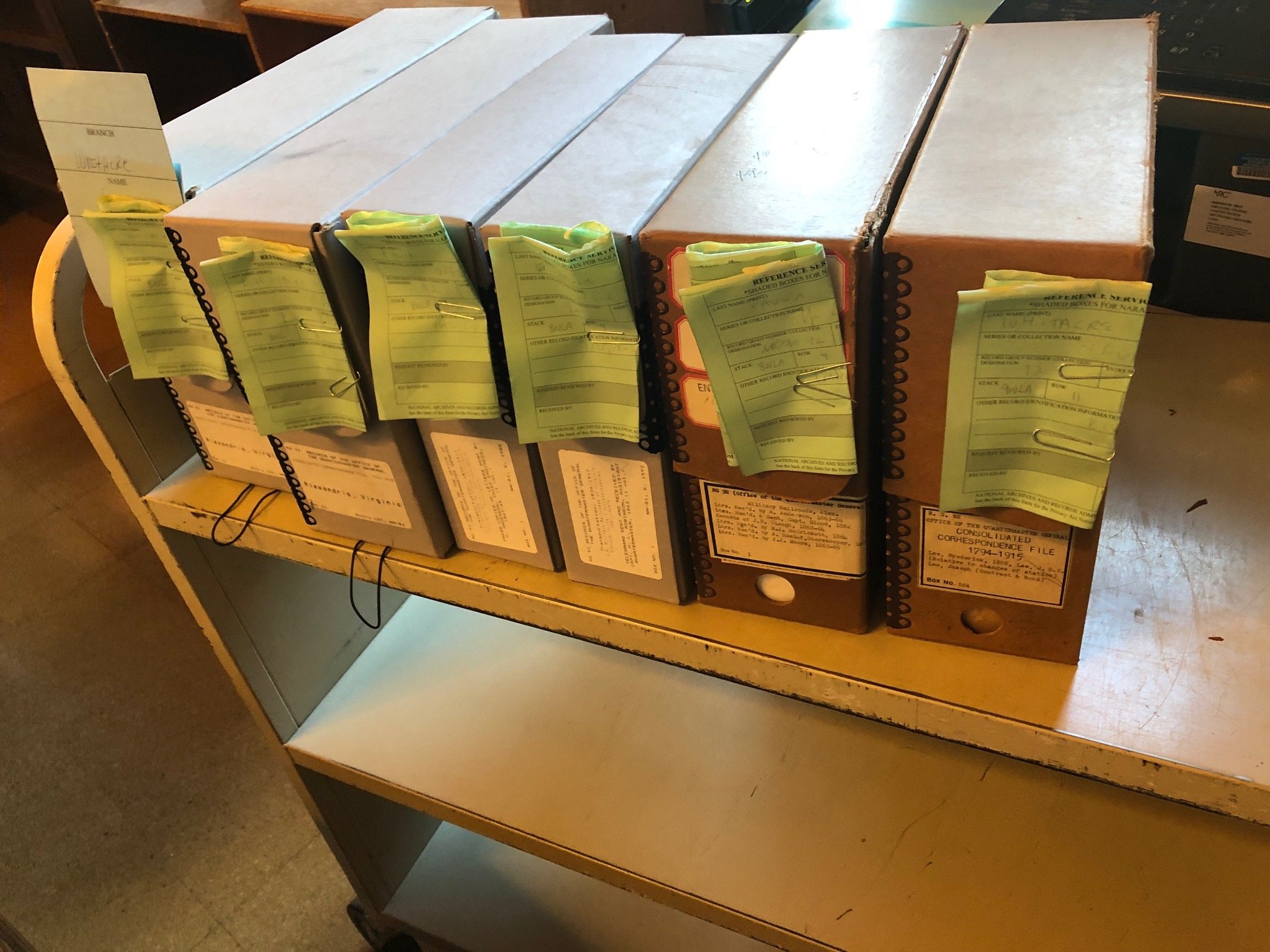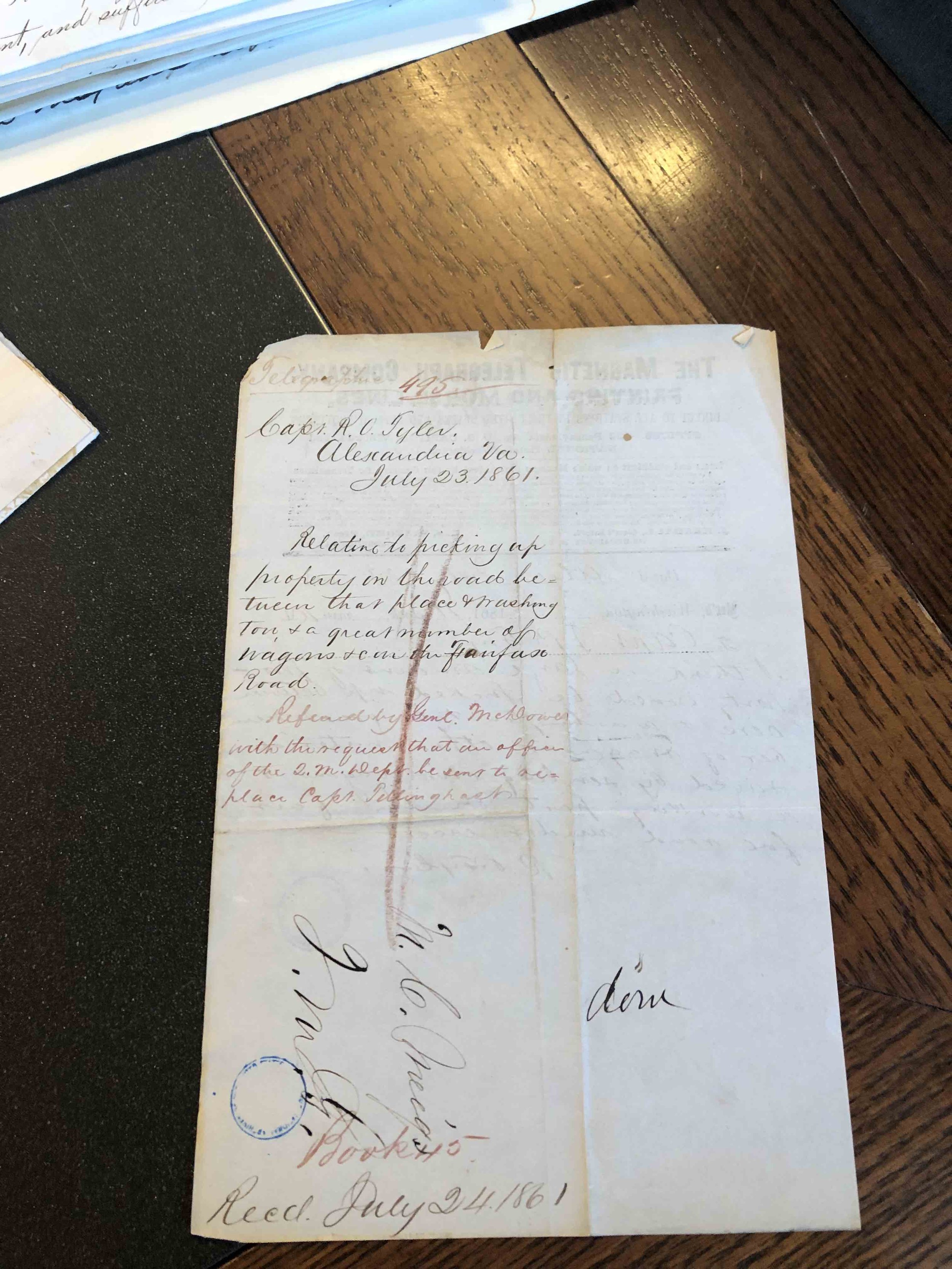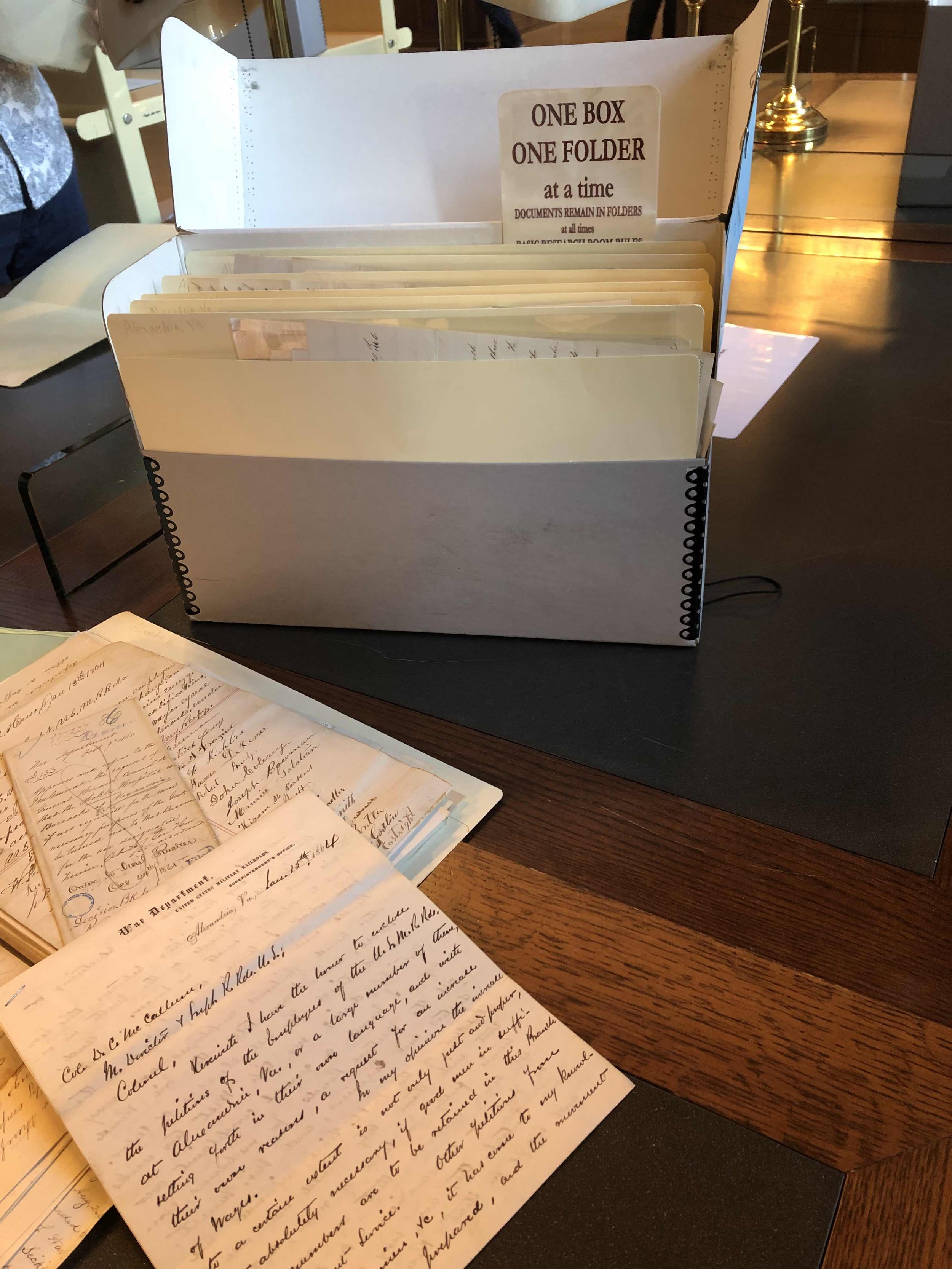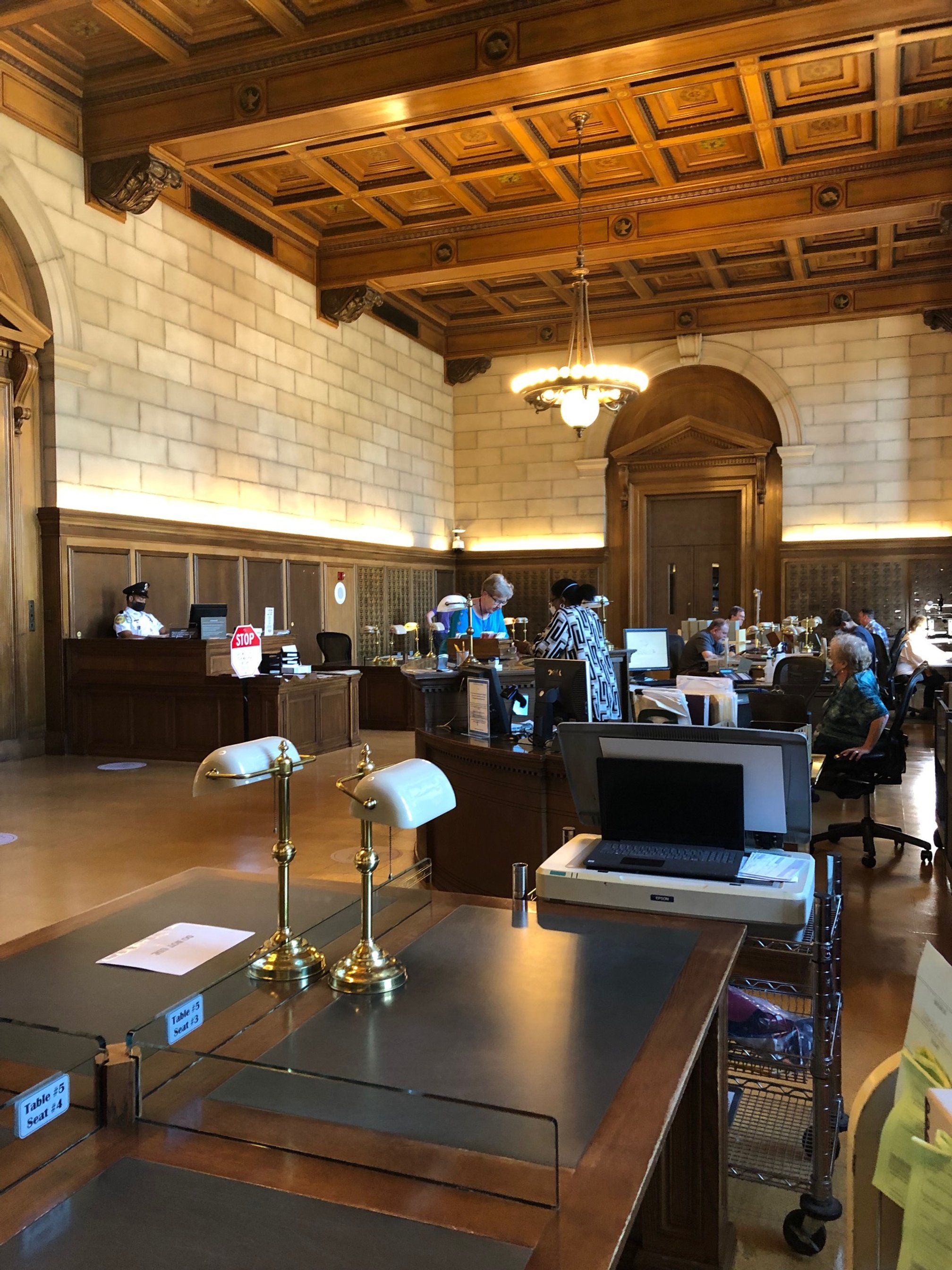Return to NARA I
/About to go into the National Archives at 9 AM.
Last week, I spent three days at the headquarters building at the National Archives. Someplace in the huge stone building on Pennsylvania Avenue, the higher-ups dealt with the fall-out from the classified document mess embroiling ex-President Trump. But in the Research Room, heads were bent over old volumes and boxes of papers, mine among them.
Some random observations after last week’s visits.
Post-COVID Visiting
I was intimidated when I used the Archives back in 2016 or so. Since then, I learned a few things, I got older, and/or the place became more approachable.
One difference is that because of COVID, capacity is limited. Maybe the staff has fewer people to watch and can relax a bit? I recall total intimidation back then.
I reserved in mid-July for the first available appointment, which was in mid-August. There are some regulars who take a portion of the slots on a daily or almost-daily basis. The next available appointments, as of today (August 22) are the third week of September, as shown here.
I needed a new ID card as mine expired in 2019. Not sure if it is permanent or temporary but instead of my old inspiring ID with the background of the Constitution on the card, I received an adhesive sticky with a QR code. Same rules about nothing extraneous entering the Research Room. No extra paper, computer covers, bags, etc. Sweater must stay on if brought into the room (AC worked fine, sweater stayed on).
What I Found
The amount of paper is so vast that even the Finding Aids can’t tell the whole story. They are huge volumes, often in looseleaf notebooks kept by NARA staff over the decades. Not much is digitized, although some of the most commonly used papers are making their way onto the NARA site or Ancestry, Fold3, or FamilySearch. The latter is free, the other two are by subscription or free at NARA and many libraries,
It’s best to have some idea of what to look for. I missed a lot, and some of what I requested was not really relevant. A few serendipity surprises:
Huge boxes of reports of hospital chaplains, alphabetical by last name. Fortunately, I had a list of 8 chaplains who served in Alexandria. I read their reports about the “moral condition” of the patients (some virtuous, others alas not), intra-hospital rivalries (Chaplain Thompson very busy undermining ward matron Miss Alexander), job frustrations, etc.
A set of telegrams dated April 15, 1865, warning Military Governor John Slough to watch for the fleeing assassin of President Lincoln.
Letters and petitions from workers, Black and White, complaining about their wages from the U.S. Army for work in the railroads and on the wharves.
What I Must Do Next
Organize! I have many weeks ahead of me sorting through my notes and scans. My method on site was to work my way through a box or volume, page by page, summarizing the gist on my laptop and taking scans of the most relevant.
I used the app ScannerPro on my iPad. Remember to save!! (learned that the hard way). I uploaded the images to DropBox.
ScannerPro names each scan by date/time, e.g., “Scan Aug 19, 2022 at 4:28 PM.pdf.” I will read through each and do “Save As” with a descriptive name. But I like to leave the original set, since I will remember (with hints from my notes) the order in which I saw things. An imperfect science, to be sure.
Plotting a return later this fall or winter. I would love to hear about your experiences at NARA or other archives. What are your tips for efficient searching and organizing?





